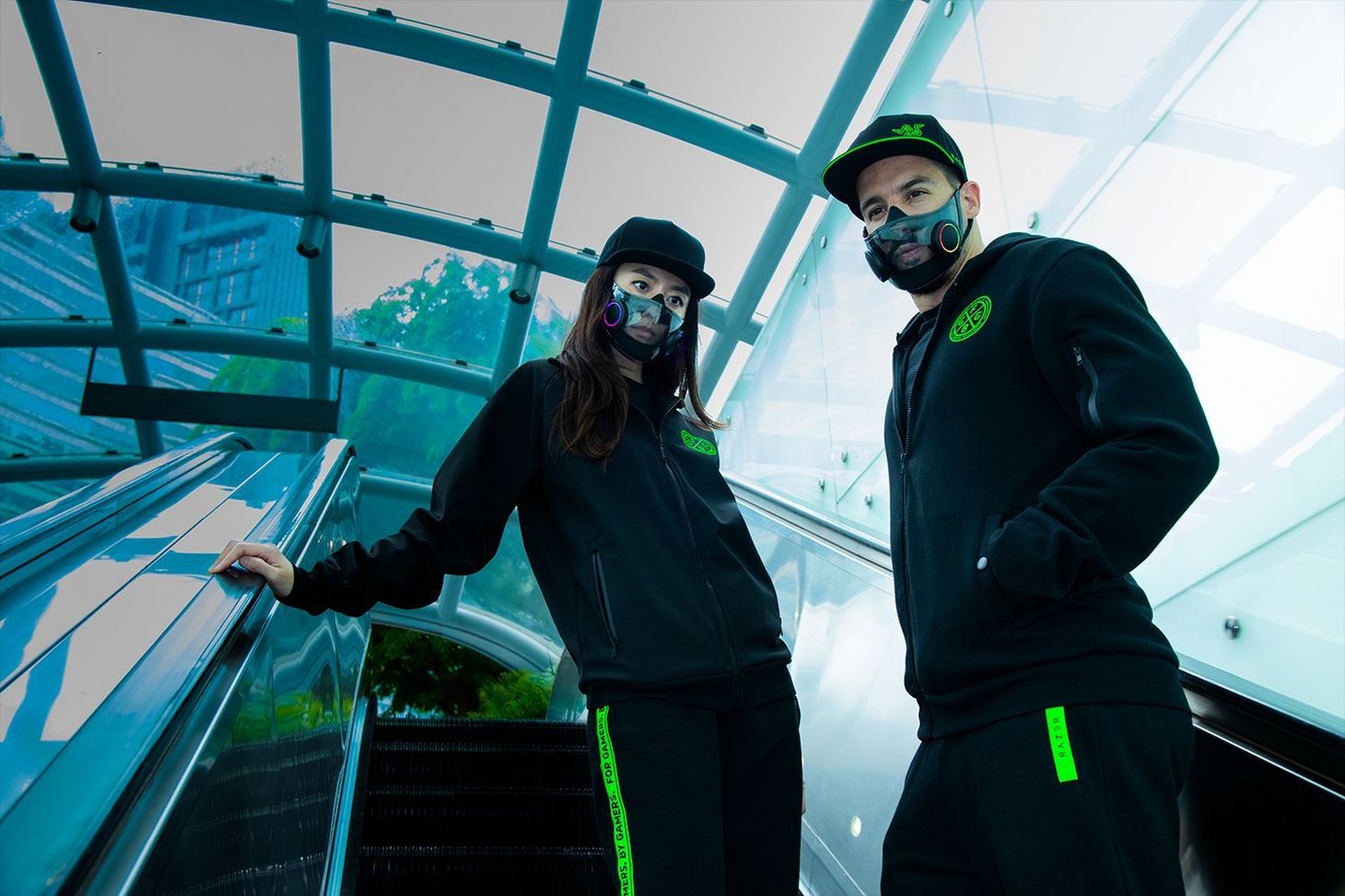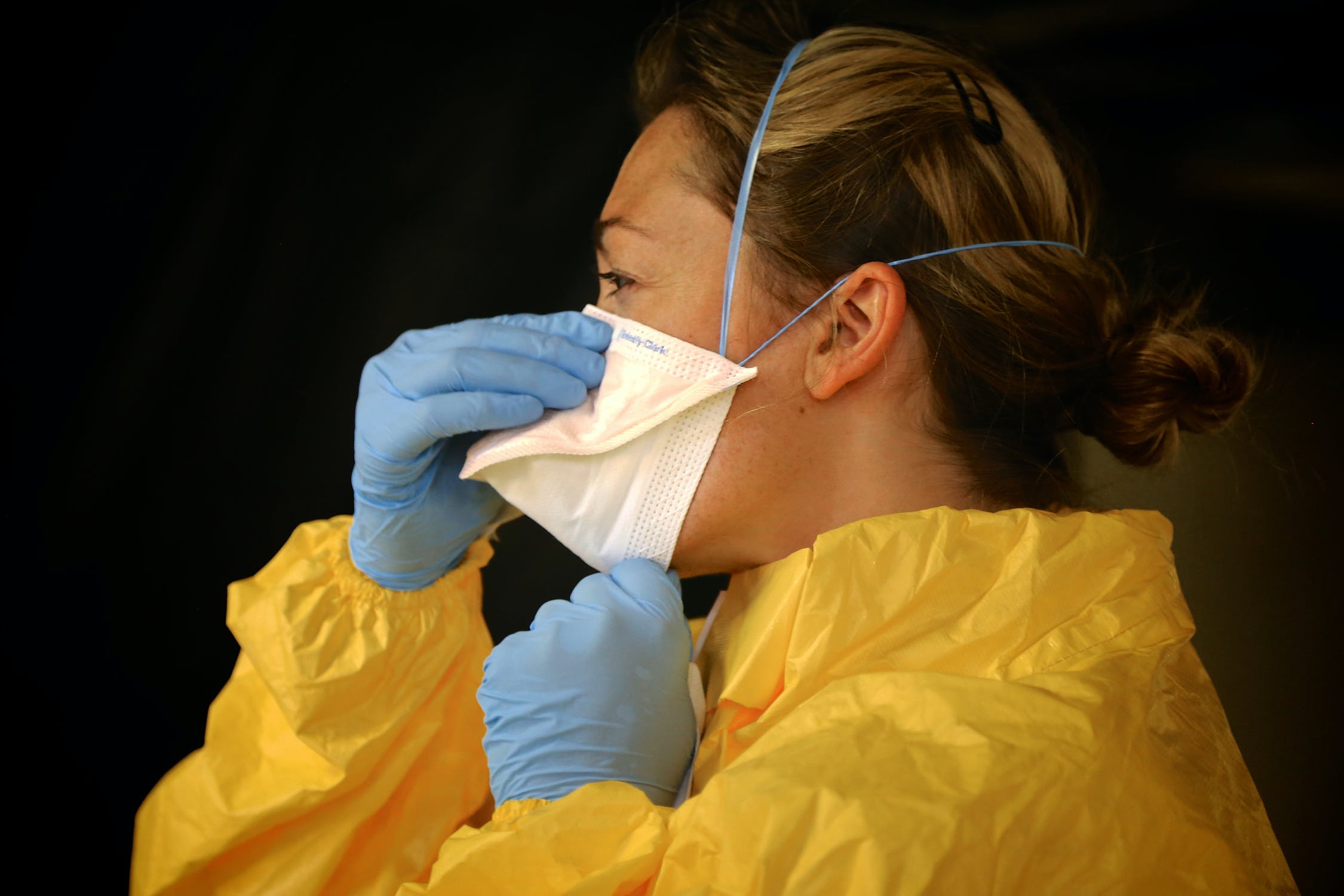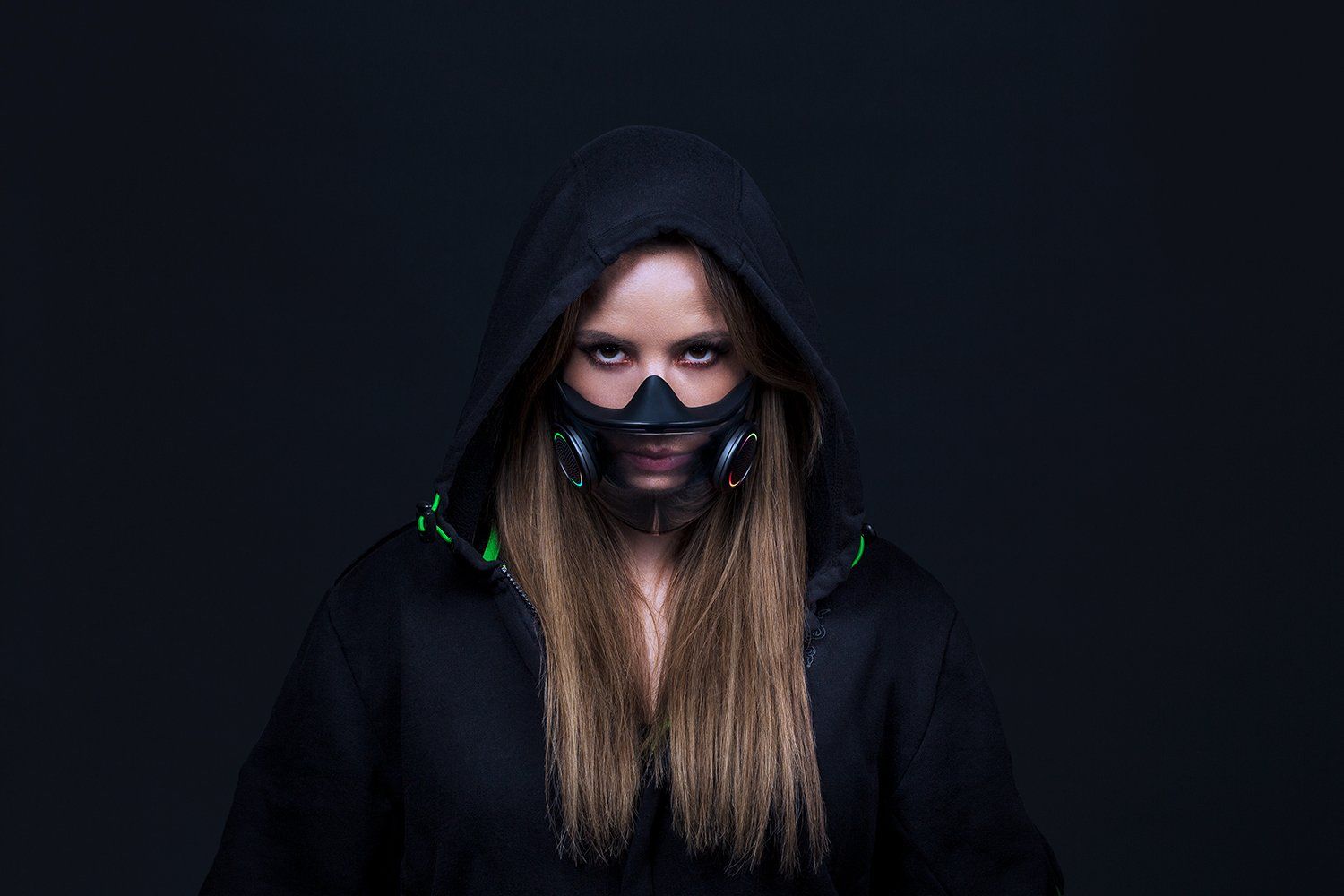Where the bloody hell are the good mask education campaigns?
We're a year into the pandemic, and masks help reduce the spread when worn properly. So where are the good public health education campaigns?

Despite having a former ad-man as prime minister, there still hasn’t been any really good education campaigns around how to properly select and wear a face mask to protect you from Covid-19. Twelve months into the pandemic wreaking havoc in Australia, that’s really bad.
So, given people are heading back into crowded offices and trains, packed with germ-laden strangers, here are a few things to consider when getting out your masks to match your outfit.
There’s the basics that we all know. Washing your hands before and after putting it on and taking it off, and making sure it has at least three layers. But you also need to check that the top layer has waterproofing, because breath is moist and it’s all about the droplets (a word I can’t wait to go back to not hearing) from you and those around you.
The mask also needs to be well-fitted. If the elastic has gone to the point where you constantly need to readjust by touching the front, that’s the equivalent of licking your fingers and then wiping that on whatever you touch next, which is super gross. Either replace the elastic or the whole mask. You don’t need to touch a good mask once it’s been put on, unless it’s to take it off. And, even then, you should only touch the elastic or ties.

Another thing that causes people to touch the front of their reusable mask is the itchiness caused by lint, our now mortal enemy. Best to get a good lint brush and brush your day’s masks before putting them on/leaving the house.
Fun fact: you breathe using both your nose and mouth. It’s a real leg bone is connected to the hip bone situation. You cough out of your mouth, sneeze out of your nose, and are generally gross and germ spreading through both. Make sure your mask covers your nose and mouth, otherwise it’s not really protecting you or anyone else, and all those who pass by will silently judge your mask placement.
There’s nothing quite like feeling a light breeze or air-conditioning on your face on a hot day, but if you’re feeling that breeze while wearing a mask, then your mask is not fit for purpose. One good way to see if your mask is up to snuff is to do the candle test: simply put on your mask, light a candle, and then try to blow out the candle. If the candle goes out, then your mask isn’t protecting anyone.
One of the major disappointments is that those cool face masks with the valves that we got for the bushfire smoke last year aren’t compatible with the pandemic. If your mask has a valve, then you could still be releasing the virus onto others, which is against the spirit of the exercise.

We’ve got probably at least another year of this while we wait for a full vaccine rollout, so you may as well get masks to match every outfit. There are plenty of ways to make your own, and you can buy them from social enterprises like SisterWorks to support the community. There are some big brands selling them, but be weary and make sure you just buy one to try the candle test on before stocking up. There are some big brands advertising their masks as being specially for protection against viruses that do not pass basic tests, possibly because they rushed to get their product to market before advice was available.
Redbubble is a particularly heinous example of selling unhelpful masks for high prices. Their one or two-layer masks are useless, no matter how pretty their designs are. Bonds masks don’t pass the candle test either, despite being listed by the TGA.
Mask wearing shouldn’t be a political issue, because it’s in everyone’s interest to avoid more death and lockdowns. Some good, informative campaigns that don’t put people to sleep could make this next year a lot easier to manage.
Byteside Newsletter
Join the newsletter to receive the latest updates in your inbox.


